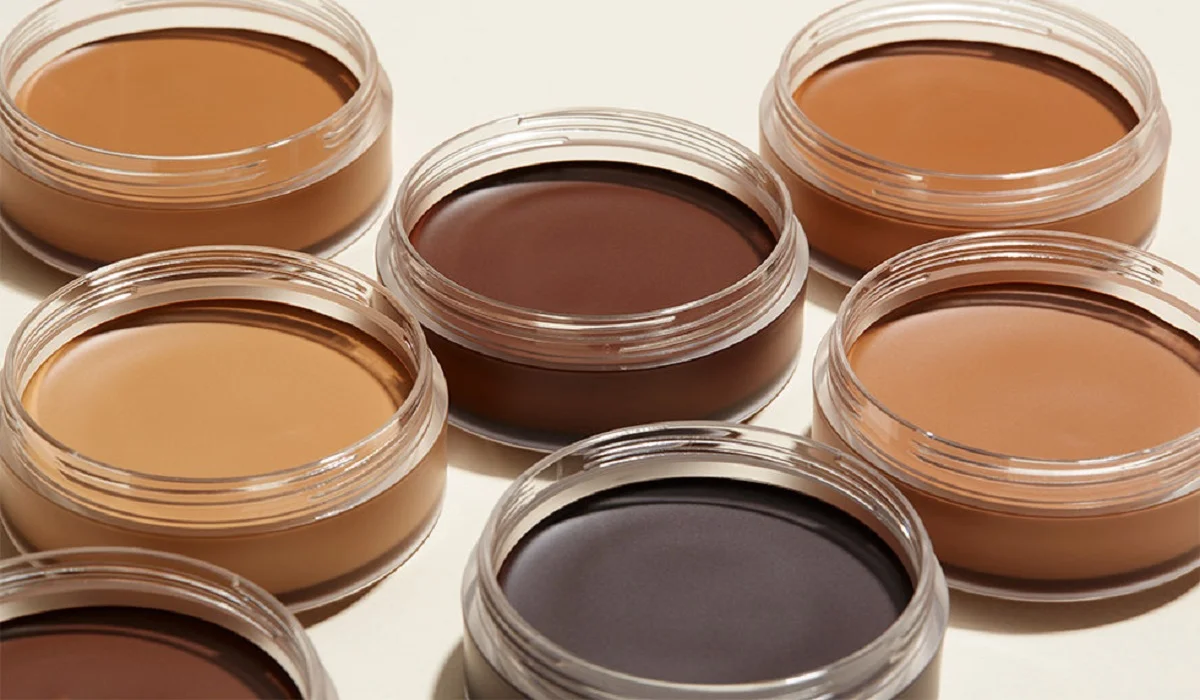
Dry hair is a common hair concern that can be caused by various factors, including environmental conditions, heat styling, chemical treatments, and inadequate hair care practices. When hair lacks moisture and essential nutrients, it becomes prone to damage, leading to frizz, split ends, and overall dullness. Spotting and treating damage in dry hair is essential to restore its health, shine, and manageability. In this comprehensive guide, we will explore the signs of damage in dry hair and provide effective treatment methods to revive and nourish your locks.
Signs of Damage in Dry Hair:
Split Ends: Split ends are one of the first signs of hair damage. When the protective outer layer of the hair cuticle is damaged, the inner cortex becomes exposed, causing the hair to split into two or more ends. Split ends give the hair a frayed appearance and can travel up the hair shaft if left untreated.
Brittle Texture: Dry hair lacks elasticity and flexibility, making it brittle and prone to breakage. When hair is damaged, it loses its ability to withstand stress and can snap easily when combed or styled.
Lack of Shine: Healthy hair reflects light, creating a natural shine. However, damaged dry hair appears dull and lacks luster due to the rough and damaged cuticle.
Tangles and Knots: Damaged hair has a rough surface, leading to tangles and knots that are challenging to detangle without causing further damage.
Frizz and Flyaways: The cuticle damage in dry hair allows moisture to escape, causing frizz and flyaways, especially in humid conditions.
Overly Porous Hair: Damage in dry hair can lead to excessive porosity, where the hair absorbs and loses moisture rapidly. Overly porous hair struggles to hold onto moisture, making it prone to dryness and further damage.

Treatment Methods for Damaged Dry Hair:
Trim Regularly:
To combat split ends and prevent further damage, regular trims are essential. Trimming the hair every 6-8 weeks removes split ends and promotes healthy hair growth.
Deep Conditioning:
Deep conditioning treatments nourish and hydrate the hair, restoring moisture and improving its texture. Look for deep conditioning masks or treatments with ingredients like shea butter, argan oil, or keratin to repair and strengthen the hair.
Avoid Heat Styling:
Reduce the use of heat styling tools such as flat irons and curling wands, as they can cause further damage to dry hair. If you must use heat, apply a heat protectant spray and use the lowest heat setting possible.
Use Sulfate-Free Shampoos:
Sulfates in shampoos can strip the hair of its natural oils, making dry hair even drier. Switch to sulfate-free shampoos that are gentle on the hair and scalp.
Limit Chemical Treatments:
Excessive chemical treatments, such as bleaching and coloring, can worsen dry hair. Limit the use of harsh chemicals and opt for nourishing hair treatments instead.
Incorporate Oils into Your Routine:
Natural oils like coconut oil, jojoba oil, and argan oil can provide deep hydration and repair damaged hair. Apply a small amount of oil to damp hair or use it as an overnight treatment for intense nourishment.
Hydrate from Within:
Proper hydration is essential for healthy hair. Drink plenty of water and eat a balanced diet rich in vitamins and minerals to promote hair health.
Be Gentle with Wet Hair:
Wet hair is more fragile and prone to damage. Avoid rough towel-drying and use a microfiber towel or an old t-shirt to gently blot excess water from your hair.
Sleep on Silk or Satin Pillowcases:
Cotton pillowcases can cause friction and lead to frizz and breakage. Sleeping on silk or satin pillowcases reduces friction and helps retain moisture in the hair.
Protect Your Hair from Environmental Factors:
Cover your hair with a hat or scarf when exposed to harsh weather conditions or UV rays to shield it from damage.
Spotting and treating damage in dry hair requires a combination of preventive measures and targeted treatments. Regular trims, deep conditioning, and avoiding excessive heat and chemical treatments are essential for maintaining healthy hair. By incorporating nourishing oils, sulfate-free shampoos, and a balanced diet, you can restore moisture and vitality to your dry hair. Be gentle with wet hair and protect it from environmental factors to minimize damage and promote healthy hair growth. With consistent care and the right treatment methods, you can rejuvenate your dry hair, revealing smoother, shinier, and more manageable locks.








